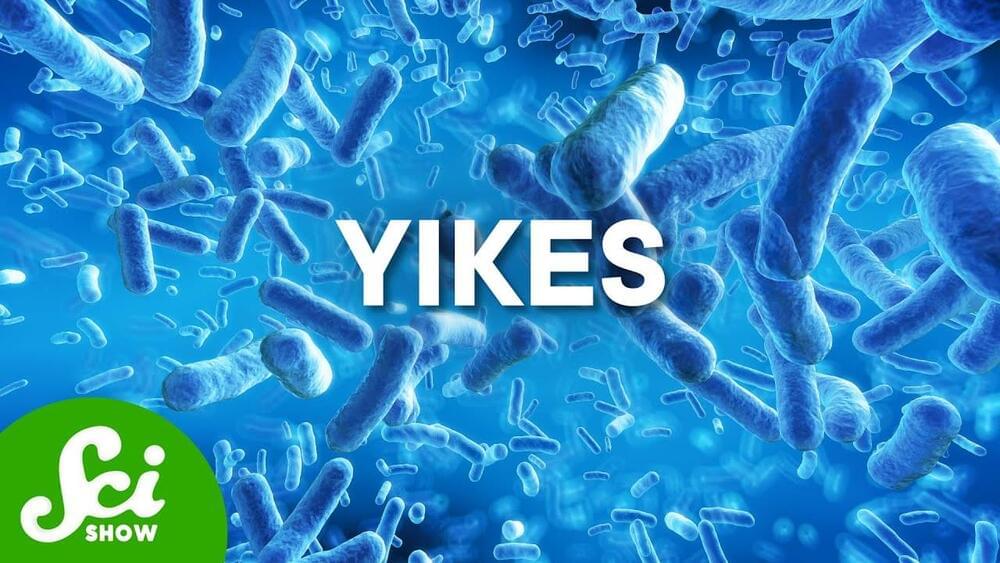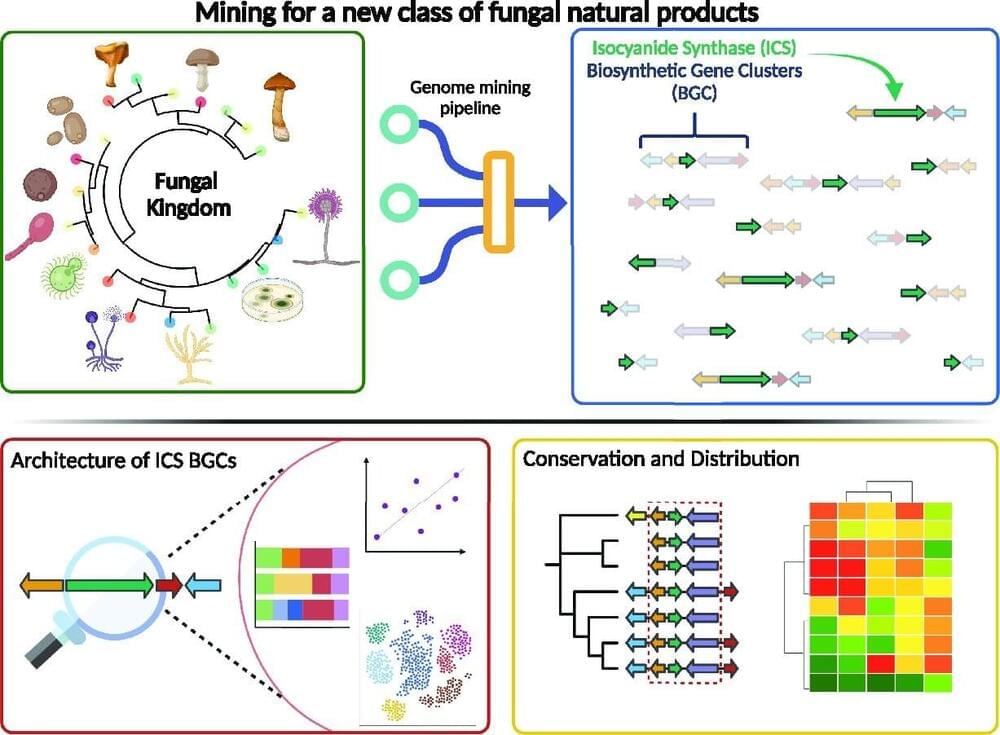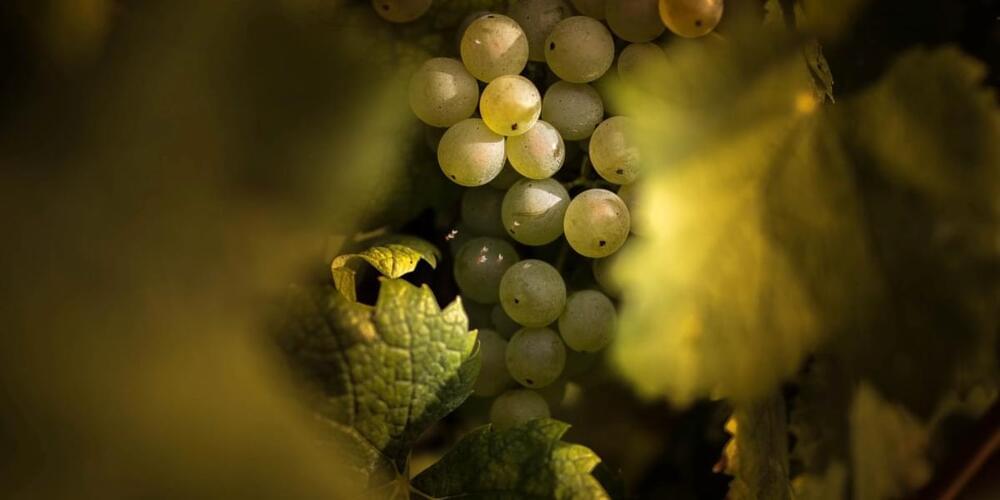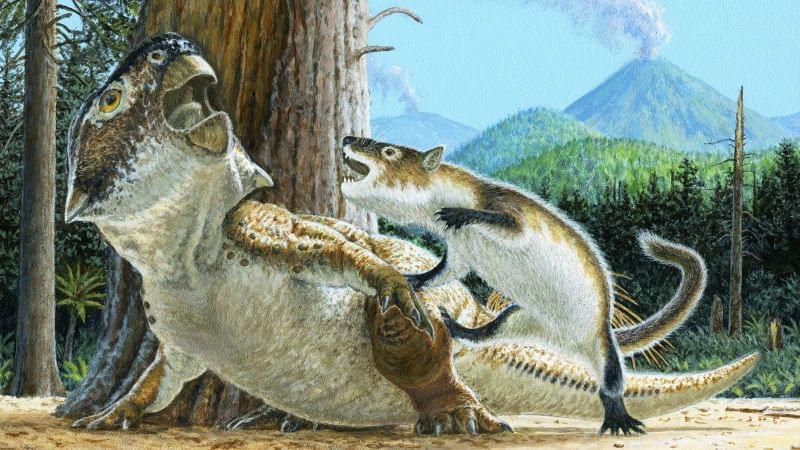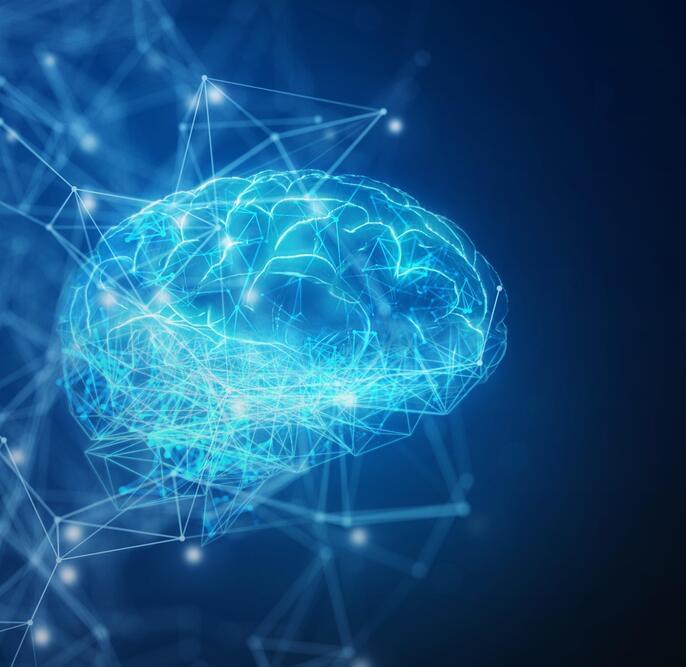Jul 22, 2023
It’s Raining Antibiotic Resistant Bacteria
Posted by Joseph Barney in categories: biotech/medical, education, food
This is an educational video. It does suggest a bit of a solution and it’s a good reason to be careful about eating snow maybe or drinking rain water? I’m no expert but now I’m wary though I haven’t heard of anyone getting sick from doing so.
Bacteria are everywhere, including clouds, and the rain that falls from them. Not only can they survive the harsh environment and hitchhike across continents, they can share their genes, too. Including the ones that make them resistant to antibiotics.
Continue reading “It’s Raining Antibiotic Resistant Bacteria” »
